What Wall Murals Can Do For a Retail Store
Imagine walking into a brand-new store and finding all-white walls with nothing on them. There is nothing welcoming about a space like that. Color,...
3 min read
Craftsmen Industries Jan 5, 2021 3:49:36 PM
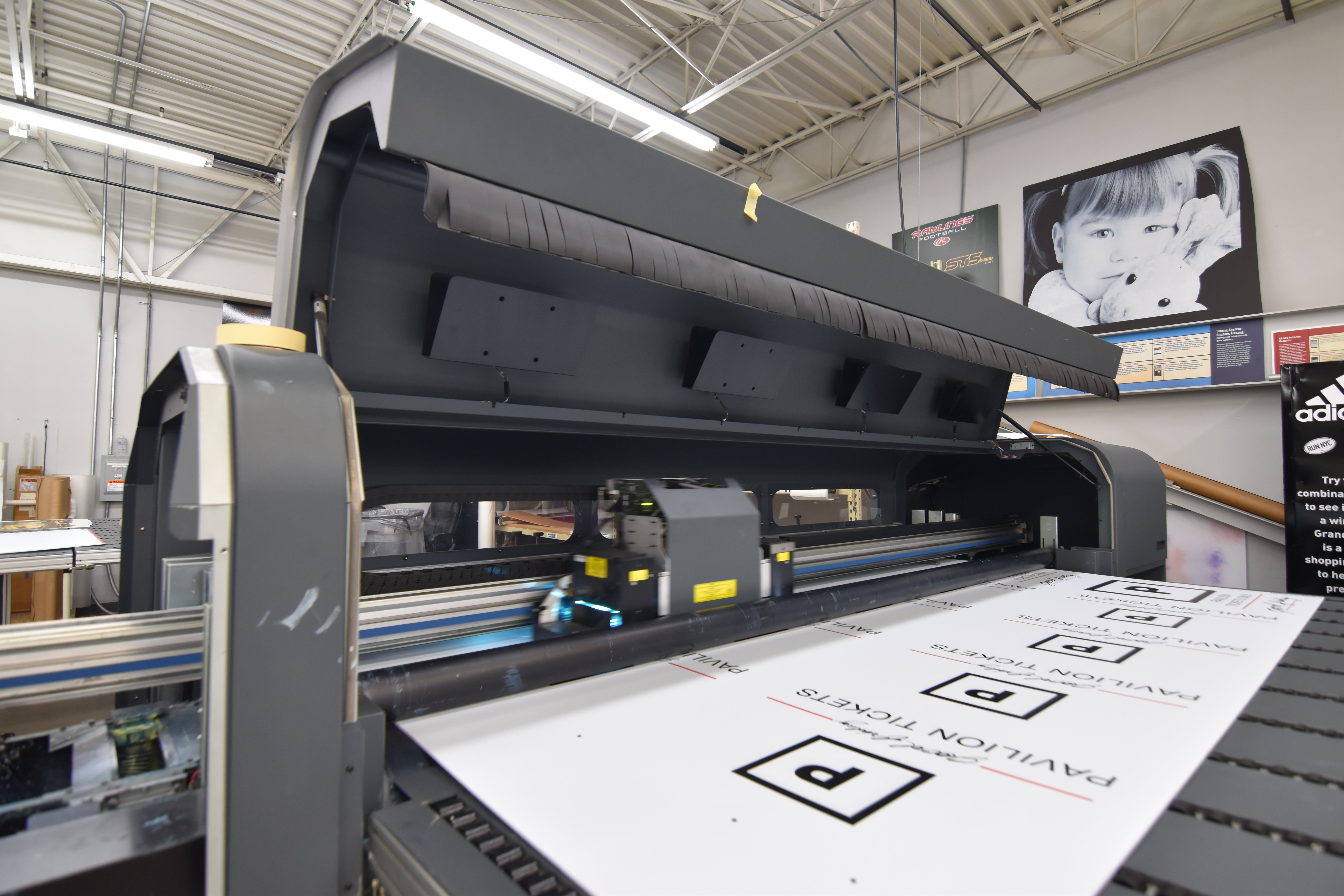
One of Craftsmen Industries’ assets is our large format printing capabilities, which allow us to transfer designs to a wide variety of substrates of nearly any size. Large format printing is essential in creating high quality promotional graphics and wraps, but many people have a difficult time knowing where to start when deciding the right large format printing method for them, since there are so many available options.
To begin our process of determining which kind of large format printing services options is best for your project, let’s start by gaining an understanding of what it is. At its core, large-format printing (often called wide-format printing) simply refers to any printing process that can’t be handled by standard size commercial printers, which can generally only handle materials up to 14 inches wide. However, not all large format printers function in the same way. Depending on the substrate being printed on, intended use, cost point, and other factors, certain types of printing may be better suited for the project at hand. Some of the popular types of printing include aqueous printing, solvent inkjet printing, UV-based printing, dye sublimation printing, and latex printing.
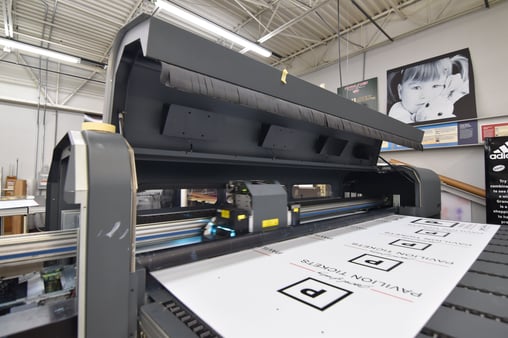
Aqueous Inkjet Printing
Aqueous inkjet printing involves water-based ink, which allows for a high level of detail and makes them easy to use and maintain. This is currently the most widely used type of large-format printers since it can be used for both indoor and outdoor items, although it is recommended to apply lamination to help preserve any graphics for long-term use. This is generally the preferred method for printing items such as large-format photography, trade show printing, and other images which require a high level of detail.
Solvent Printing
Solvent printing is a popular printing technique for outdoor items that will be exposed to the elements. It holds up well when in contact with weather, regular sunlight, and even human contact. In addition to its durability, people like solvent printing for its affordability. However, the downside to this method is that it lets out fumes which require the shop it’s housed in to have adequate ventilation. You often see solvent printing represented on billboards, vehicle wraps, and building graphics like banners.
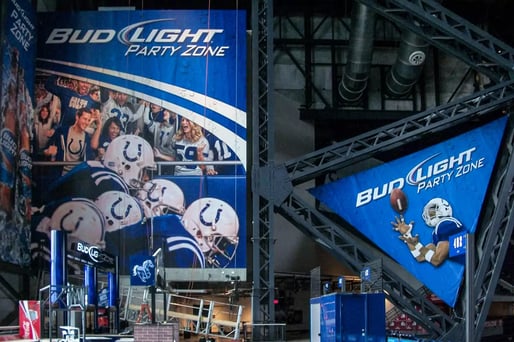
UV-Based Printing
UV-based printing is a versatile, sturdy method of flatbed printing that uses ultraviolet light to quickly cure the ink, allowing it to solidify in a matter of seconds. While UV printing is generally considered a high quality option, it is worth noting that the finished product will have a matte look to it, rather than shiny, as it never dries entirely flat.
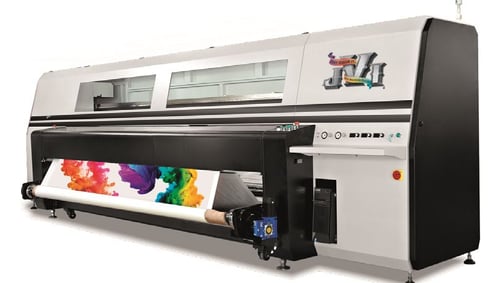
Dye Sublimation Printing
Dye sublimation takes place when the design, which has been printed onto transfer paper, is pressed onto the substrate and quickly heated up, forcing it into a gaseous state. At this point, the gas has permeated the substrate. It is then left to cool and turns back into a solid, but now as part of the substrate it permeated. Dye sublimation printing is another printing method known for its ability to add high levels of detail and vivid color to the graphics being printed, as well as its quick drying time. However, it has limitations, namely that the process only works with polyester fabrics or poly blends. You will see dye sublimation printing with items like silicone-edge graphics, apparel, custom banners, and homewares.
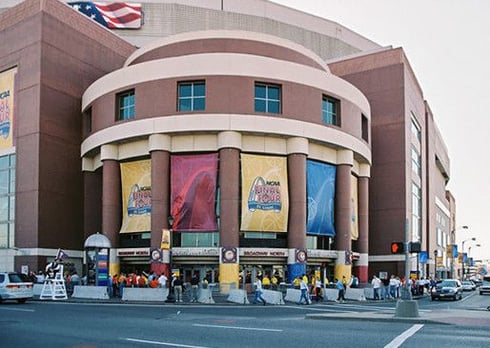
Latex Printing
Latex printing is a newer and arguably more impressive alternative for outdoor printing. It boasts durability while also offering a less hazardous process than solvent printing, as it uses water-based inks such as resin and latex. Most materials meant for outdoor graphics will work with latex printers, although some have difficulties handling the high temperatures required for this process.
Learn More
Armed with this knowledge, you should now have a basic understanding of which type of printer to look for in order to bring your next large-format graphics project to life. If you would like to learn more about what goes into the production process or would like to talk to us about having Craftsmen build your next project, get in touch with our customer service team and get started today!
Why Use Craftsmen?
Craftsmen understands the value of your images and completed rigorous certification processes to ensure they are printed at the highest standard. As a G7 Master Printer, we print to a neutral for the most accurate reproduction of your file. Among many other capabilities, we offer color matching, branding solutions, and file repositioning.
In addition to quality prints, we are certified to seamlessly install your graphics. From small to large projects, we strive to provide solutions that save you time, money, and aggravation, regardless of geography. Even if you're not local, our certified installers or professionals from our large network of graphic servicers can apply your images in a timely manner across the nation.
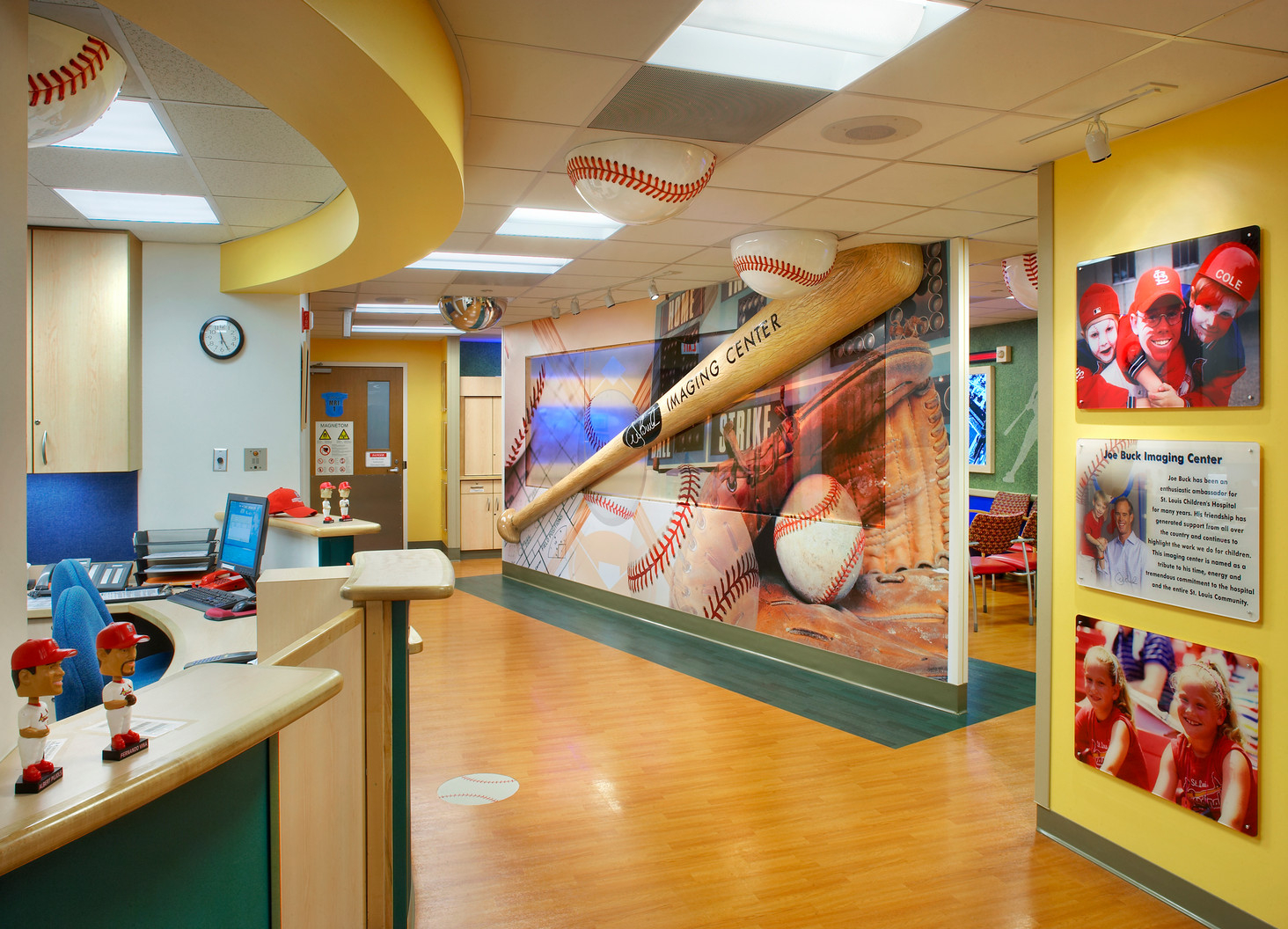
Imagine walking into a brand-new store and finding all-white walls with nothing on them. There is nothing welcoming about a space like that. Color,...
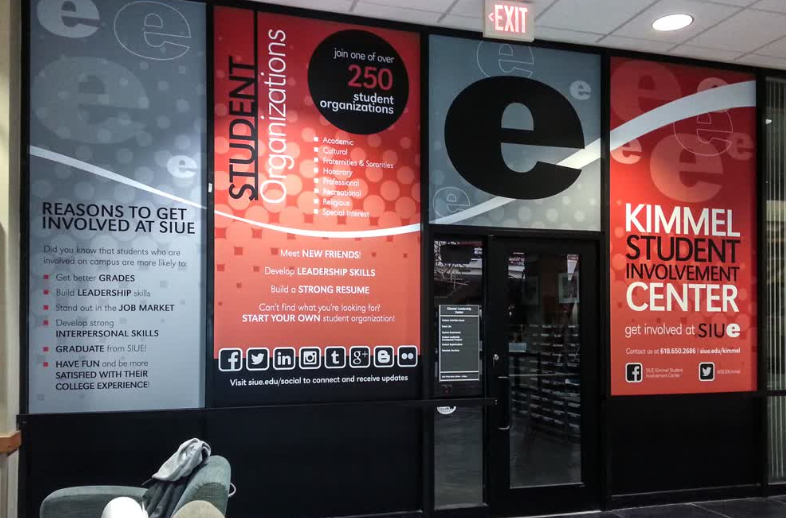
Business owners are well aware of the importance of marketing. It makes their company stand out from the other businesses and contributes to their...
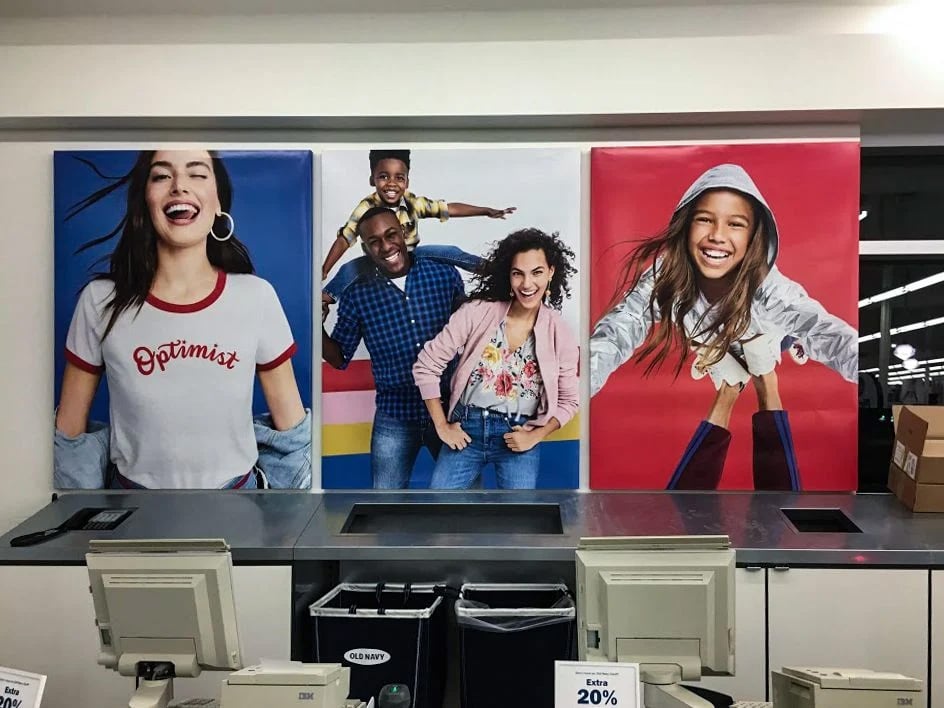
Whether it's for yourself or a client, large format printing is quite common. If you don’t have any prior experience, you may struggle with blurry...